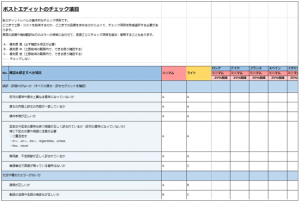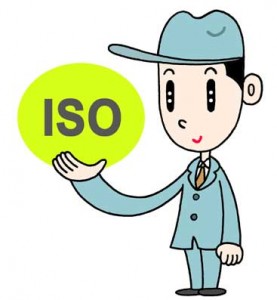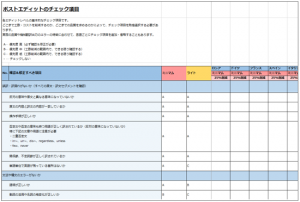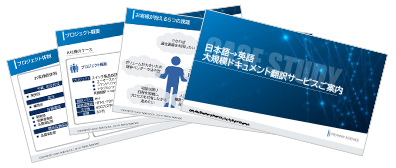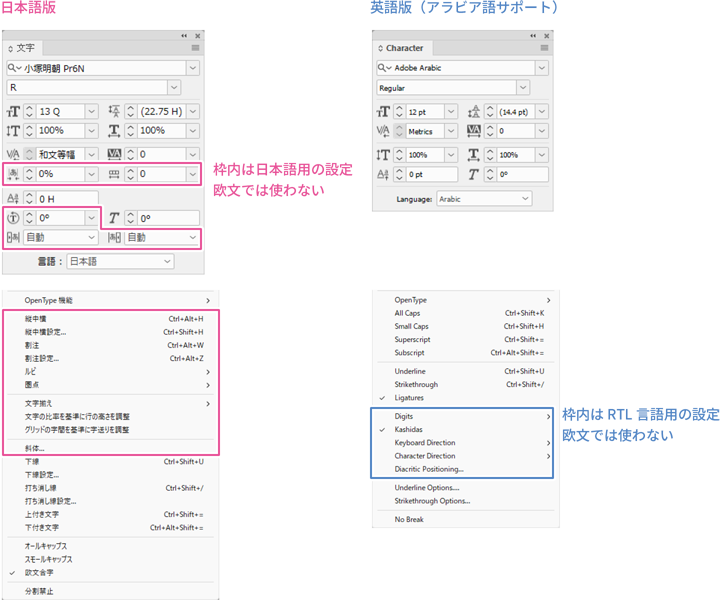In Japan, the number of companies considering the introduction of machine translation is increasing due to improvements in the quality of neural network machine translation.
When introducing machine translation for documents such as manuals and technical documents,
what is required after processing with machine translation is,
the task of refining the translated text after machine translation, known as "post-editing."
Did you know that this international standard for post-editing exists?
Today, I will introduce an overview of the international standards for post-editing.
●What is the content of ISO 18587?
The international standard for post-editing, ISO 18587 is,
officially released in April 2017.
This ISO includes an overview of post-editing as follows:
・Purpose of post-editing
・Overview of post-editing tasks
・Post-editing process
・Levels and perspectives of post-editing corrections (full edit, light edit)
・Qualifications of post-editors
・Training perspectives for post-editors
When implementing machine translation and performing post-editing
it contains the minimum essential information that should be noted.
The establishment of such ISO standards indicates that
machine translation is becoming globally widespread.
●Creation of post-editing guidelines
As we have mentioned many times in this blog,
it is important to implement machine translation after establishing translationquality standards.
After establishing quality standards, as stated in ISO 18587,
it is necessary to compile the aspects of post-editing corrections required to achieve the quality standards as guidelines.
Without these guidelines, it becomes unclear "how much to correct,"
which may lead to differences in the quality of the final output and the effort required for corrections by the workers (post-editors)
.
Therefore, depending on the level of modification,
・Basic policy for post-editing (perspectives during modification)
・Checklist for post-editing (items that should be modified and items that do not need modification)
it is important to clearly define these.
[Post-Editing Checklist Sample]
We recommend that everyone create
post-editing guidelines and implement
machine translation in order to maximize the effectiveness of machine translation.
When creating guidelines, please refer to standards such as ISO 18587.
Today, we introduced an overview of the international standard ISO 18587 for post-editing.
At Human Science, we also assist in setting quality standards and creating guidelines for the introduction of machine translation.
Taking into account the contents of ISO 18587,
it is possible to create
guidelines tailored to the content of each company's documents and the quality standards they require.
If you are considering creating post-editing guidelines,
please feel free to contact us.
Related Services
Upcoming Machine Translation Seminar
We hold machine translation seminars every month.
If you would like to receive seminar announcement emails, please register using the button below.
Related Articles
[Know-How] Quality, how much is required? Design standards for post-editing
[Know-How] What are the correction perspectives in post-editing?
[Know-How] What abilities are required of a post-editor?

